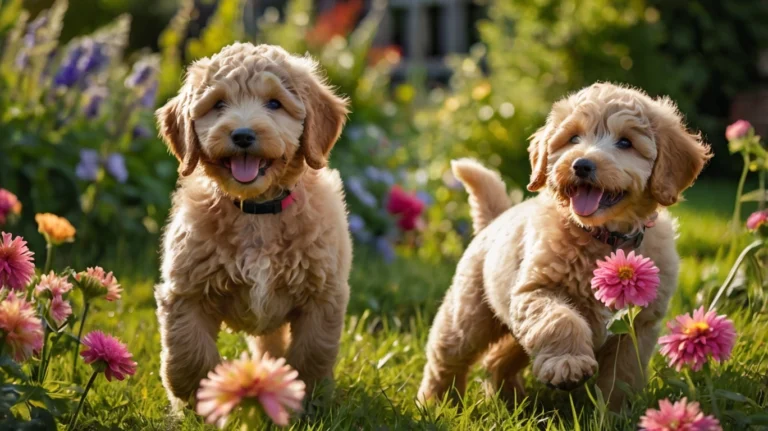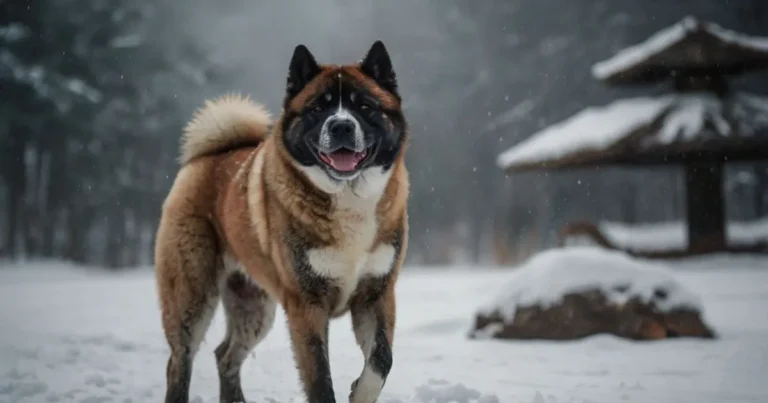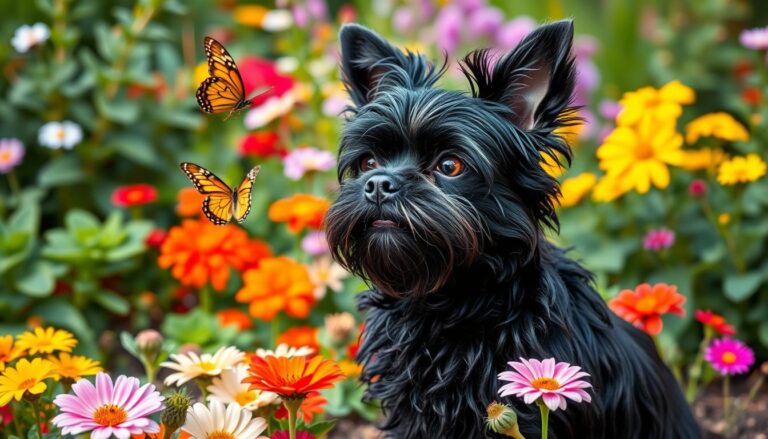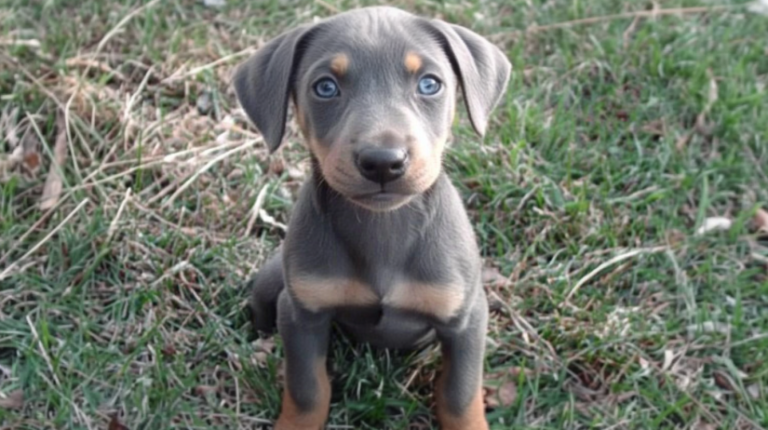Havapoo Puppy: 7 Remarkable & Uplifting Facts
Introduction
Picture yourself coming home to an excited little furball with bright eyes, a wagging tail, and an uncontainable desire to shower you with kisses. That image captures the essence of a havapoo puppy—a cheerful, sociable dog who thrives on human interaction. Whether you’re drawn to their plush, curly coats or their sweet, spirited personalities, a havapoo puppy can add warmth and fun to your everyday life.
Yet, adopting or purchasing a havapoo puppy is more than just falling in love with a cute face. You’ll need to consider factors like grooming, exercise, dietary needs, and training approaches to ensure your new companion stays healthy and well-behaved. In this comprehensive guide, we’ll explore how to choose the right havapoo puppy, set up your home for success, establish routines, tackle common training challenges, and maintain your pup’s well-being long-term.
What Exactly Is a Havapoo Puppy?
A Brief History of the Havapoo
While designer dog breeds have gained popularity in recent decades, both parent breeds have storied histories:
- Havanese: Originating in Cuba, the Havanese is a small, sturdy dog known for its friendly demeanor and silky coat.
- Poodle: With roots tracing back to Germany and France, Poodles are lauded for their intelligence, hypoallergenic coats, and athletic prowess.
By combining these two, breeders aimed to produce a havapoo puppy that embodies the best of both worlds—charm, smarts, and a coat that may be more allergy-friendly than many other breeds. While not officially recognized as a separate purebred by major kennel clubs, the havapoo puppy has earned devoted fans across the globe.
Typical Havapoo Size and Appearance
Your havapoo puppy will likely fall in the small category when fully grown, with adult weights commonly ranging from 7 to 20 pounds. The exact size depends on whether a Toy or Miniature Poodle was used in the cross. Some havapoos might have wavy hair reminiscent of the Havanese, while others sport curly coats more like the Poodle. Coat colors vary widely, including cream, brown, black, gray, and even parti-color combinations.
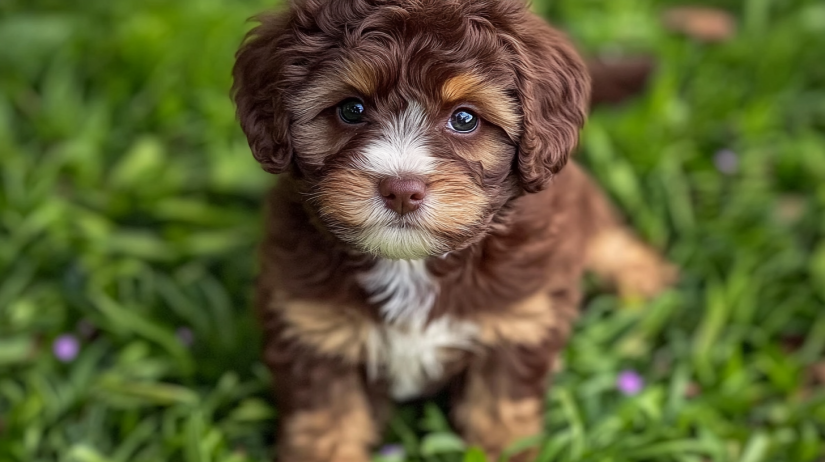
Key Personality Traits
A havapoo puppy is typically:
- Affectionate: They relish human attention and cuddling.
- Intelligent: With Poodle genes, most havapoos quickly learn commands and tricks.
- Social: They generally get along well with children, seniors, and other pets, provided early socialization.
- Moderate Energy: They enjoy a brisk walk or active play but can adapt to apartment living if exercised properly.
Bringing Home Your Havapoo Puppy
Finding a Reputable Breeder or Adoption Source
Given the rising popularity of havapoos, it’s crucial to ensure your havapoo puppy comes from a responsible source:
- Health Screenings: A reputable breeder provides records of health tests (e.g., hip, patella, and eye exams) for both parents.
- Clean Environment: Visiting the breeder’s facility or foster home allows you to see the conditions in which the puppies are raised.
- Adoption Options: Some rescue organizations occasionally have a havapoo puppy in need of a loving home.
Puppy-Proofing Your Home
A havapoo puppy can be quite curious, so set up a safe space before they arrive:
- Secure Loose Items: Stow away shoes, cords, and small objects that might tempt chewing.
- Block Off Hazardous Areas: Use baby gates to keep your pup away from staircases or rooms containing toxic chemicals or plants.
- Designate a Sleeping & Feeding Spot: Place a comfy bed or crate in a low-traffic area, and set up bowls for food and water close by.
First Week Essentials
Your havapoo puppy might feel anxious or overwhelmed at first. A soft approach helps them acclimate:
- Short, Frequent Interactions: Let them explore in short bursts, rewarding calm, curious behavior.
- Establish Routines: Feed, walk, and play at consistent times to promote predictability.
- Gentle Introduction to Household Members: Avoid large gatherings or loud celebrations during the puppy’s initial days.
Caring for Your Havapoo Puppy’s Health and Well-Being
Potential Health Concerns
Most havapoos enjoy robust health, but some inherited conditions may arise:
- Patellar Luxation: A knee-joint issue causing lameness or skipping gait.
- Hip Dysplasia: Abnormal hip socket development found occasionally in smaller breeds as well.
- Eye Disorders: Such as progressive retinal atrophy or cataracts.
- Dental Problems: Smaller breeds can be prone to tartar buildup and periodontal disease.
Regular vet checkups can detect and manage these conditions early. Additionally, your havapoo puppy should receive recommended vaccinations and parasite prevention in line with veterinary guidelines.

Nutrition & Feeding
A balanced diet is key to helping your havapoo puppy grow strong:
- High-Quality Puppy Food: Opt for a formula specifically designed for small-breed puppies.
- Portion Control: Overfeeding can lead to obesity, which is especially risky for smaller dogs. Follow your vet’s recommended daily calorie count.
- Scheduled Mealtimes: Instead of free-feeding, provide meals at consistent times to regulate digestion and support training efforts (like housebreaking).
Exercise & Activity
Though a havapoo puppy doesn’t typically need marathon workouts, they thrive on moderate daily exercise:
- Short Walks: Two or three short, gentle walks a day.
- Indoor Play: Tug-of-war, fetch, or puzzle toys to engage their minds.
- Social Outings: Trips to dog-friendly parks or outings with friends help maintain healthy socialization.
Note: Always watch for signs of fatigue or overheating, especially in hot climates or after intense play.
Grooming Tips
Thanks to their Poodle lineage, a havapoo puppy may have a lower-shedding coat but still needs consistent care:
- Brushing: Regularly brushing 2-3 times a week helps avoid mats.
- Bathing: Bathe your dog as needed, aiming for every 4-6 weeks with gentle shampoo. Overbathing may strip natural oils.
- Trimming: Many owners schedule professional grooming every 6-8 weeks to maintain a tidy coat length.
- Nail & Dental Care: Trim nails when you hear clicking on the floor, and brush teeth or provide dental chews to stave off plaque.
Training Your Havapoo Puppy
Why Start Early?
A havapoo puppy is not only smart but also eager to please. By initiating training during the early weeks:
- Establish Good Habits: From appropriate potty spots to polite greetings, early training sets a strong foundation.
- Prevent Behavioral Issues: Consistent rules reduce unwanted biting, barking, or chewing.
- Boost Confidence: Puppyhood is a prime window for socialization, minimizing fear responses.
Housebreaking & Crate Training
Housebreaking your havapoo puppy doesn’t have to be stressful:
- Frequent Potty Breaks: Take them outside first thing in the morning, after meals, naps, and play sessions.
- Positive Reinforcement: Reward successes with treats or praise.
- Crate Familiarity: A crate mirrors a den-like environment, helping your pup feel safe and supporting house training.
Basic Obedience & Social Skills
The following are crucial building blocks for a well-mannered havapoo puppy:
- Sit: Lure your pup’s nose up with a treat so their bottom naturally touches the ground.
- Stay: Start with short durations, increasing gradually as they master it.
- Come: Use a high-value reward or enthusiastic praise to reinforce recall.
- No Jumping/Polite Greetings: Turn away if they jump up. Reward them only when all four paws are on the floor.
Socialization: Invite friends over, or arrange puppy playdates to help your havapoo puppy learn calm, polite interactions with other dogs and people.
Addressing Common Problems
- Excessive Barking: Offer interactive toys or puzzle feeders to occupy a bored pup. Reward quiet behavior.
- Nipping: Redirect nipping to appropriate chew toys. Avoid rough play that encourages biting.
- Separation Anxiety: Gradually increase alone time, starting with a few minutes and slowly building up.
Havapoo Puppy Developmental Milestones
Below is a general timeline to track your havapoo puppy’s growth and progress. Keep in mind individual pups can vary in their developmental pace.
| Age | Development | Tips |
|---|---|---|
| 2–3 Mos | – Rapid adaptation to new home – Learning basic social rules | – Start crate training – Encourage gentle handling |
| 3–4 Mos | – Establishing housebreaking patterns – Teething may intensify | – Offer chew toys – Continue short, fun training sessions |
| 4–6 Mos | – Refined motor skills – Enhanced focus on commands | – Introduce longer walks – Socialize with other friendly dogs |
| 6–9 Mos | – Adolescence begins – Testing boundaries | – Stay consistent with rules – Provide mental stimulation |
| 9–12 Mos | – Growth slows, near adult size – Developing adult coat | – Keep grooming routine – Reinforce training to avoid relapses |
| 1 Yr+ | – Fully matured physically and mentally – Set adult routines | – Adjust diet from puppy to adult – Maintain consistent activity |
Living with a Havapoo Puppy: Day-to-Day Joys & Challenges
Apartment vs. House Living
A havapoo puppy often adapts well to apartment life due to their small size and moderate exercise needs:
- Apartments: Provide daily walks, designated potty areas, and puzzle toys to prevent boredom.
- Houses: Access to a fenced yard can be a bonus, but always supervise to prevent your pup from wandering or encountering hazards.
Family Dynamics
Havapoos typically get along with children, provided kids know how to handle dogs gently. Teach kids to be gentle and avoid pulling ears, tails, or fur. Senior citizens may also appreciate a havapoo puppy’s affectionate yet manageable nature, though the pup’s playful energy means they’ll need daily engagement.
Work Schedules & Alone Time
- Short Gaps: Many havapoos can handle being alone for a few hours if given a safe, comfy space.
- Longer Stretches: If you work extended hours, consider hiring a dog walker or using doggy daycare to keep your havapoo puppy mentally stimulated.
- Interactive Toys: Puzzle feeders or treat-dispensing balls can alleviate boredom while you’re away.
Real-Life Stories of Havapoo Puppy Success
Case Study 1: Milo’s Transformation
Milo was a shy havapoo puppy who quivered around new people. His owner enrolled him in a puppy socialization class, gradually boosting his confidence through positive interactions. Today, Milo greets visitors with a wagging tail, and he’s even become a therapy dog at a local hospital—demonstrating how patient guidance can nurture a timid pup into a fearless companion.
Case Study 2: Rosie the Trick Star
Rosie, an energetic havapoo puppy, constantly sought new challenges. Her family channeled that zest into trick training—teaching her to roll over, play dead, and fetch specific objects by name. Not only did Rosie delight in mastering new commands, but her owners found that mental stimulation significantly reduced nuisance behaviors like barking or chewing on shoes.
FAQs
Below are frequently asked user questions about havapoos.
Are havapoos known as good pets?
Absolutely, a havapoo puppy typically offers warmth, loyalty, and a quick learning ability. They adapt to families, singles, and seniors alike. Provide proper socialization and you’ll have a friendly, well-adjusted dog.
Will my havapoo’s coat shed heavily?
A havapoo puppy often inherits a low-shedding coat from its Poodle lineage. This means fewer stray hairs, though not always zero shedding. Consistent brushing prevents matting and manages any light shedding that occurs.
What is the best way to train a havapoo puppy?
Positive reinforcement with treats, praise, or toys works wonders for a havapoo puppy. Short, upbeat sessions capture their attention without overwhelming them. Patience and consistency lead to a responsive, happy pup.
What’s an ideal exercise routine for a havapoo?
Two or three brief walks plus some indoor play keep your havapoo puppy healthy and happy. They enjoy mental challenges like food puzzles or hide-and-seek. Monitor for signs of fatigue, adjusting sessions as needed.
Are havapoos friendly toward kids and fellow pets?
A well-socialized havapoo puppy typically shows warmth to children and animals. Teach kids respectful play to avoid accidental harm. Calm, controlled introductions build positive relationships with existing pets.
Are havapoos prone to specific medical conditions?
A havapoo puppy might inherit knee or eye issues from its parents. Frequent veterinary checkups can detect and manage these early. Provide quality food, routine dental care, and a sensible exercise regimen.
Conclusion
Choosing a havapoo puppy means embracing a warm-hearted, loyal companion who can light up your home with genuine affection and playful antics. From establishing potty routines and mastering basic commands to scheduling vet visits and selecting nutritious meals, you have the power to shape your pup’s overall well-being. As your havapoo puppy matures, you’ll discover just how rewarding it is to invest time, love, and patience into raising an intelligent, enthusiastic fur friend. Ready to share your experiences, tips, or adorable photos of your own havapoo? Comment below and help future owners join the havapoo family!
For additional advice on pet health and responsible ownership, visit the American Society for the Prevention of Cruelty to Animals (ASPCA). They offer free resources on everything from animal welfare to general care guidelines, ensuring you have access to reputable data for your havapoo puppy journey.



